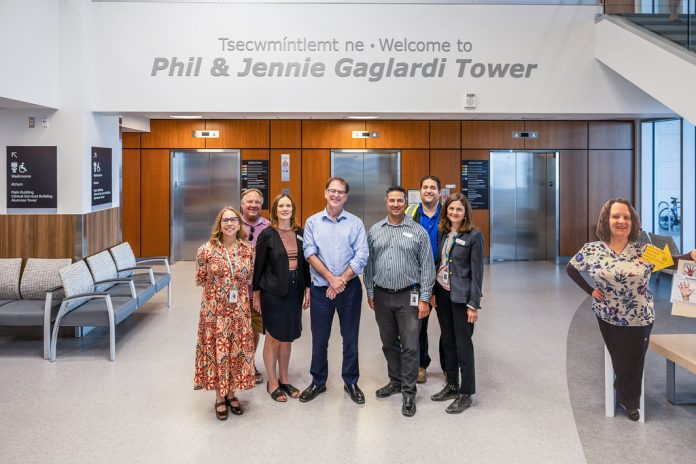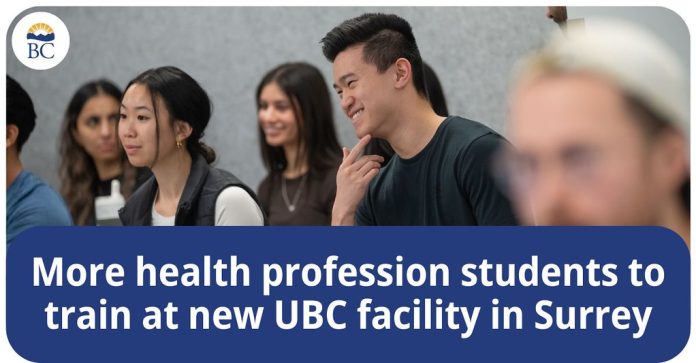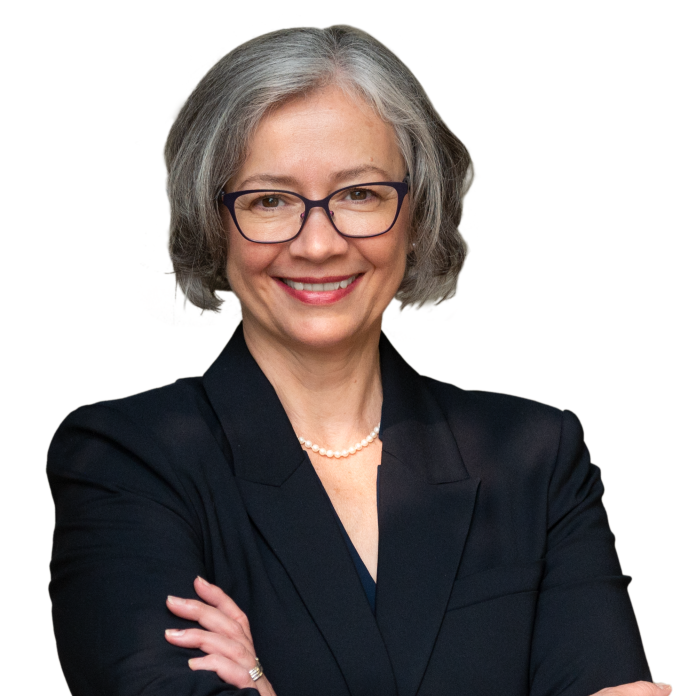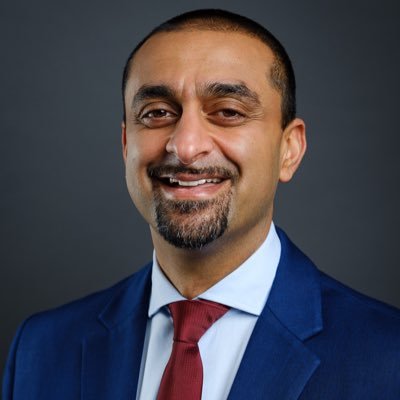Families in Surrey will have 915 more elementary seats in their community as part of the B.C. government’s plan to expand schools quicker.
“We are committed to investing in Surrey so we have the classrooms needed for students, and we are looking at innovative, fast-tracked solutions for how we do it – and we don’t plan to stop,” said Rachna Singh, Minister of Education and Child Care. “Over the last seven years, we’ve built and opened over 8,200 new student spaces with nearly 6,800 more on the way. There is more work to do, but we are determined to continue delivering more for families in Surrey.”
Forsyth Road Elementary will receive a 14-classroom prefabricated addition, adding 340 seats to the school, and will include space for child care. George Greenaway Elementary also will get a 14-classroom prefabricated addition, the equivalent of 350 new seats through a new provincial investment of $21 million. City Central Learning Centre will be converted into a new elementary school in Surrey’s City Centre neighbourhood, through a partnership between the Province and the school district, creating 225 elementary seats.
These new projects are part of the government’s ongoing work to deliver new and expanded schools in Surrey over the past seven years. In the past few months, an 800-seat addition was announced for Fleetwood Park Secondary, as well as prefabricated additions for Old Yale Road Elementary, Latimer Road Elementary, William Watson Elementary and Martha Currie Elementary. Construction is underway for the new Snokomish Elementary and Ta’talu Elementary, and additions to Semiahmoo Trail Elementary and South Meridian Elementary. These projects will create more than 3,500 student spaces in Surrey.
“Investments like these three are what our district needs to help keep pace with our rapidly growing student enrolment,” said Laurie Larsen, chair, Surrey Board of Education. “We are committed to continuing to work with the Province to ensure that families who choose Surrey as their home are able to attend their neighbourhood schools, and students and staff have the best environments possible to learn and work in.”
The innovative use of prefabricated construction means the addition at George Greenaway Elementary will be built much quicker than a traditional build, and is expected to be ready in fall 2025. At the City Central Learning Centre, a $635,000 provincial investment, along with a $450,000 investment by the school district, will create these new seats by fall 2025. With sustainable and energy-efficient designs, the addition at Forsyth Road Elementary aligns with the Province’s CleanBC targets and meets B.C.’s enhanced energy requirements. The 14-classroom addition at Forsyth Road Elementary is expected to be ready for students in 2028.
Since September 2017, the B.C. government has approved more than $5 billion for new and improved schools, and land purchases for schools in the province. This has resulted in 37,000 new student spaces and more than 38,000 seismically safer seats at B.C. schools.
Quotes:
Bruce Ralston, MLA for Surrey-Whalley –
“This new addition for Forsyth Road Elementary will add classroom spaces that students need in our community. As more families make Surrey home, we’re investing in services where families need them most.”
Mike Starchuk, MLA for Surrey-Cloverdale –
“Schools are at the heart of our neighbourhoods. We are investing in an addition for George Greenaway Elementary to families in our community have the classrooms their kids need now and in the future.”
Harry Bains, MLA for Surrey-Newton –
“Surrey is a wonderful city. As families grow and move into our community, we are making sure students have the classrooms they need. We’re doing this at schools like Tamanawis Secondary, where that expansion will provide Surrey students with a safe, comfortable learning environment for generations to come.”
Garry Begg, MLA for Surrey-Guildford –
“As more families make Surrey their home, we must build and expand schools to ensure every child receives the quality education they deserve, like the expansion for Guildford Park Secondary. This project will bring much-needed secondary spaces to our community.”
Jagrup Brar, MLA for Surrey-Fleetwood –
“Surrey is welcoming more families into our community, and we must build and expand schools to ensure every student has a safe and supportive learning environment. That’s why we are expanding schools like Woodland Park Elementary, so students have the classrooms they need to learn and grow.”
Jinny Sims, MLA for Surrey-Panorama –
“Surrey is an excellent place to raise a family, which is why so many are choosing to make it their home. We are adding to existing schools and building new schools to address the unprecedented growth in students moving to our city. We are building to make sure our schools are keeping pace and meeting the needs of our students, like at the new Snokomish Elementary opening in 2026.”
Quick Facts:
- Funding for inclusive learning has increased 97% for the Surrey School District since 2017.
- The Surrey School District has received $9.3 million in Student and Family Affordability Funding since it was introduced in 2022.
- The Surrey School District has received $17.6 million in Feeding Futures funding, since it was introduced in 2023, to create and expand school food programs.
- The Province has funded 13 new playgrounds for the Surrey School District since the Playground Equipment Program was introduced in 2018.
- Since 2017, more than 580 full-time-equivalent teachers have been added in the Surrey School District.








